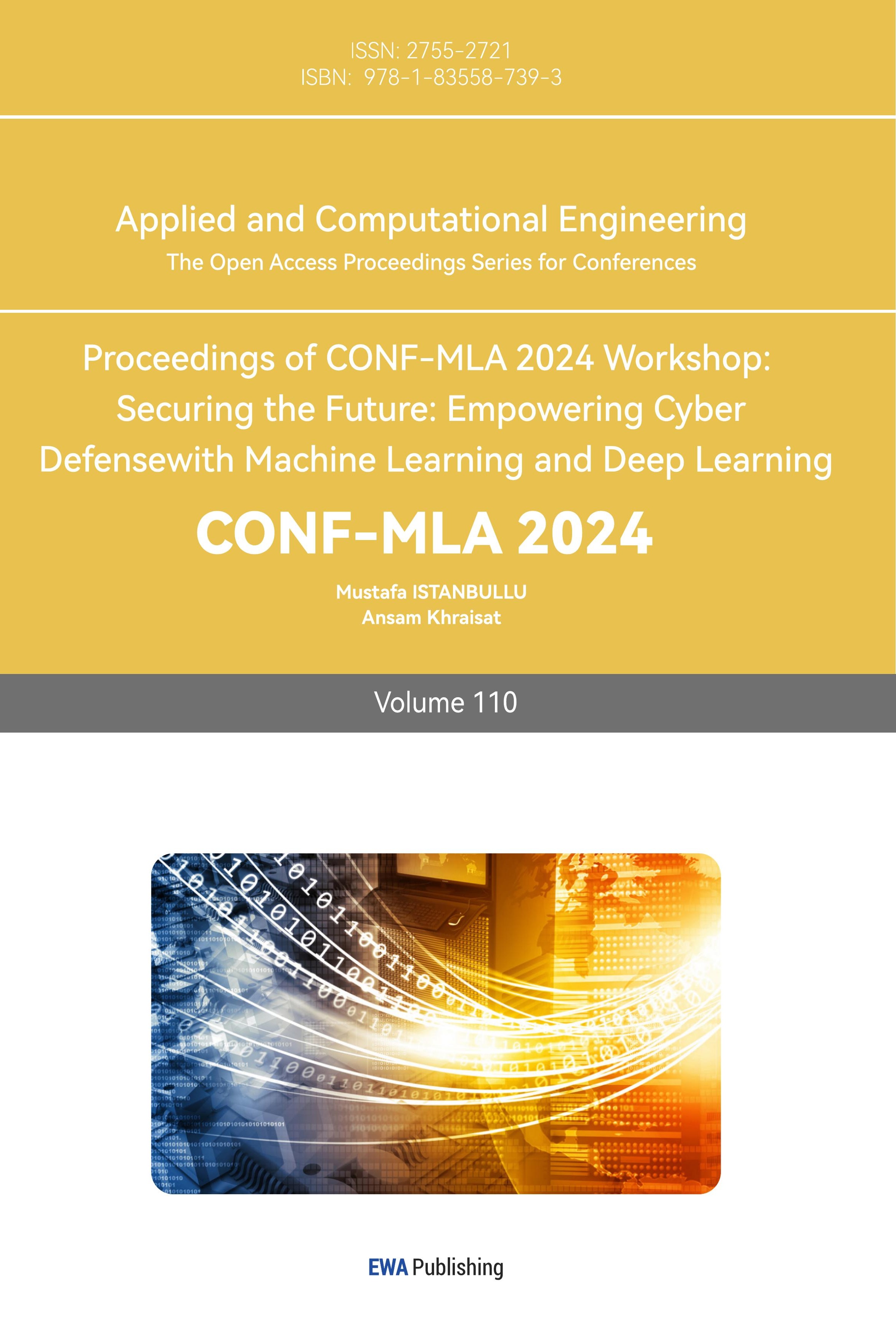1. Introduction
Windows serve as critical components in the architecture of modern buildings, facilitating not only gas exchange but also enhancing the inflow of natural light and contributing to the aesthetic appeal of living spaces. Recent shifts in public health consciousness have steered attention towards the physiological impacts of light exposure, particularly ultraviolet (UV) radiation. Prolonged exposure to UV radiation can trigger photochemical reactions detrimental to human health, causing skin and eye damage, and hastening the degradation of interior materials [1,2]. In response, multilayer film technology has emerged as a crucial innovation, designed to obstruct harmful UV rays while preserving the glass's inherent properties of light transmission.
Current Research Status: The spectrum of ultraviolet light, encompassing longwave (UVA), mediumwave (UVB), and shortwave (UVC) ultraviolet, plays varied roles in affecting human health, largely mitigated by Earth's atmospheric layers [1]. Research indicates that UV exposure significantly influences the distribution and functionality of mast cells, thereby impacting the human immune system [3]. Advanced materials such as composite membranes embedded with metal nanoparticles have been developed to filter out near-UV radiation effectively, demonstrating the material's critical role in health protection [4,5,6].
This paper focuses on optimizing the thickness of multi-layer glass using an ant colony algorithm (ACA) to minimize UV penetration without altering the material properties. Initially, a physical model of triple glazing was developed, serving as the foundation for systematic investigations into the effects of glass thickness on UV transmittance. Employing ACA, the study meticulously explored various thickness combinations to establish an optimal configuration that significantly reduces UV ingress, thereby enhancing environmental and personal health safety.
The paper is structured as follows: Section II delves into the related works, outlining the research methodology, elucidating the principles of the ant colony algorithm, and detailing its specific application in optimizing the thickness of multi-layer glass. Section III presents the empirical results derived from MATLAB simulations, showcasing the effective UV transmittance across different glass thickness configurations, and confirming the optimal solution. Finally, Section IV summarizes the main findings, discussing the implications of the study and suggesting future research directions and potential applications based on the outcomes.
2. Relevant Theories
2.1. Ant colony algorithm
In this study, ACA was used for iterative computation, which was inspired by the behavior of ants in finding paths in search of food, which is a probabilistic path search algorithm based on graphs [7].The ant colony algorithm has been a problem from the original traveling salesman solution expands to multiple application areas, in a mobile robot Path planning also has a wide range of applications [8-12].The feasible solution of the problem to be optimized is represented by the walking path of the ant, and all the paths of the ant colony are constituted as the solution space of the problem to be optimized. The ants with the shorter path released more pheromones, and with the advancement of time, the concentration of pheromones on the shorter path increased, and more and more ants chose this path. Eventually, the entire ant colony will concentrate on the optimal path, and the corresponding path will be the optimal solution to the problem to be optimized.
Ant System (AS) is the most basic ACO algorithm, which is proposed with TSP as an application example. The solution process of AS for TSP can be roughly divided into two parts: path construction and pheromone update.
Path construction: random proportional.
\( {p_{k}}(i,j)=\lbrace \begin{matrix}\frac{[τ(i,j){]^{α}}[η(i,j){]^{β}}}{\sum _{u∈{J_{k}}(i)}[τ(i,u){]^{α}}[η(i,u){]^{β}}}, & ifj∈{J_{k}}(i) \\ 0, & otherwise \\ \end{matrix} \) (1)
For each ant k, the path memory vector R^k records the sequence numbers of all the cities that k has passed in the order of access. Let the current city where ant k is located be i, then the probability of selecting city j as the next object to be visited is as follows. J_k (i) represents a collection of cities that can be reached directly from city i and are not in the sequence of cities visited by the ants. η(i, j) is a heuristic that is usually calculated directly by η (i, j)=1/d_ij. т(i, j) denotes the amount of pheromones on edge(i, j).The shorter the length and the greater the concentration of pheromones, the greater the probability that the path will be chosen by the ants. A and B are two pre-set parameters that control the weighting relationship between the heuristic information and the pheromone concentration. When a=0, the algorithm evolves into a traditional random greedy algorithm, and the probability of the nearest city being selected is the largest. When b=0, the ant determines the path according to the pheromone concentration completely, and the algorithm will converge quickly, so that the optimal path constructed is often quite different from the actual target, and the performance of the algorithm is relatively poor.
Pheromone updates.
When the algorithm is initialized, the pheromones on all edges in the problem space are initialized to t0.
With each round of algorithm iteration, the pheromones on all paths in the problem space evaporate, and we multiply the pheromones on all edges by a constant less than 1. Pheromone evaporation is an inherent feature of nature itself, which can help avoid the infinite accumulation of pheromones in the algorithm, so that the algorithm can quickly discard the previously constructed poor path.
Ants release pheromones on the edges they pass through based on the length of the path they have constructed. The shorter the path the ant builds, the more pheromones it releases. The more times an edge is crawled by an ant, the more pheromones it gets.
Iteration (2) until the algorithm is terminated.
2.2. Three-Layer glass physical model
This study presents a physical model of a three-layer glass system, as illustrated in Figure 1. The model demonstrates the transmission and reflection of light in a multi-layer glass structure. In the model, the incident light \( {I_{I}} \) strikes the surface of the first glass (glass1) perpendicularly and generates both reflected and transmitted light at each interface between the glass layers. Specifically, when the light enters the first glass layer, due to the change in the refractive index of the medium, part of the light is reflected, forming reflected light \( {I_{r1}} \) , while the other part is transmitted into the glass, forming transmitted light \( {I_{t1}} \) . The light then continues to propagate through the second glass layer (glass2) and the third glass layer (glass3), generating additional reflected and transmitted light at each interface, denoted as \( {I_{r2}} \) , \( {I_{r3}} \) and \( {I_{t2}},{I_{t3}} \) respectively. The thicknesses of the glass layers are marked as \( {L_{1}},{L_{2}},{L_{3}} \) , with their refractive index \( n \) , while the refractive index of the surrounding air is \( {n_{0}} \) .
This model is primarily used to study and analyze the effects of a multi-layer glass structure on light transmission and reflection, particularly with the aim of optimizing the glass thickness to minimize ultraviolet (UV) transmission, thereby achieving the goal of blocking harmful UV rays. The figure illustrates the specific behavior of the light in each glass layer, including the paths of incidence, reflection, and transmission, along with corresponding labels. As show in the figure 1.
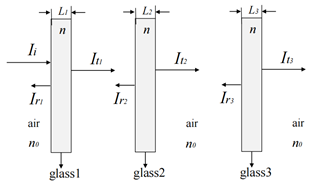
Figure 1. Three-layer glass physical model (Photo credit: Original).
3. Research Results and Analysis
3.1. Ant colony algorithm iteration
In this study, a total of 200 iterations were conducted. Figures 2 and 3 illustrate the changes in the thicknesses of the three glass layers and the corresponding minimum ultraviolet (UV) energy across different iteration counts during this process.
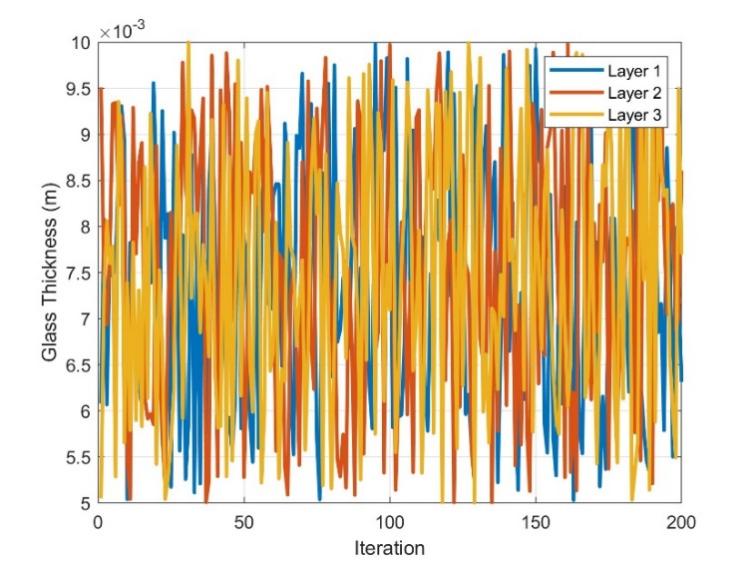
Figure 2. Iterative process of glass thickness variation (Photo credit: Original).
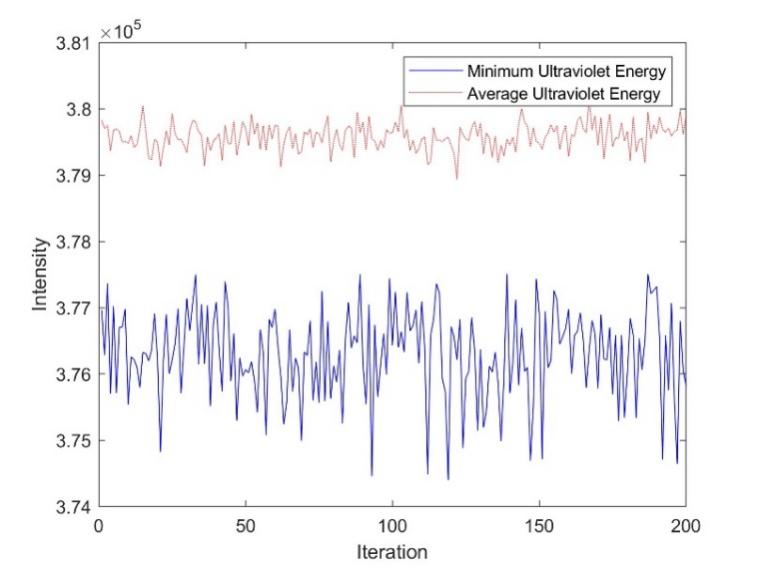
Figure 3. Iterative process changes in ultraviolet energy (Photo credit: Original).
3.2. Optimal solution
The optimal thickness of the three-layer glass model was calculated using the Ant Colony Algorithm, maximizing the reflection of ultraviolet (UV) light below 400 nm and minimizing the total UV energy within the wavelength range of 300–2000 nm. The results are shown in Figures 4 and 5.
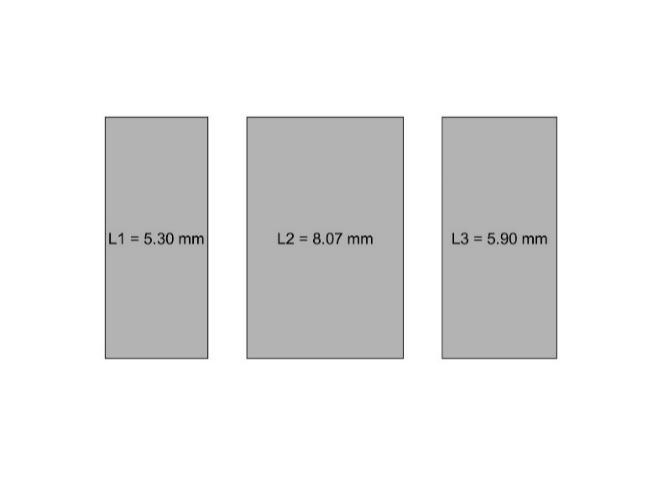
Figure 4. Optimal solution for glass thickness (Photo credit: Original).
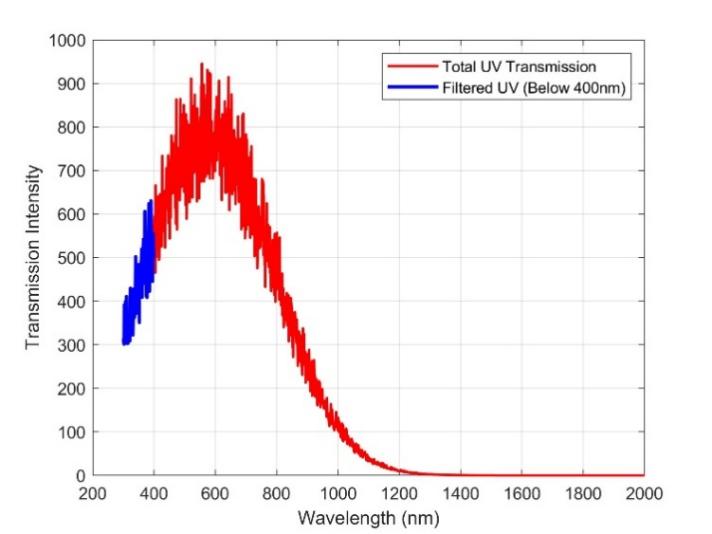
Figure 5. 300-2000nm ultraviolet energy (Photo credit: Original).
3.3. Influence on incident light
After passing through this physical model, the solar light within the wavelength range of 300–2000 nm experienced energy loss compared to the initial incident light, as shown in Figure 6. Notably, ultraviolet (UV) energy below 400 nm was significantly filtered, with the specific effect illustrated in Figure 7.
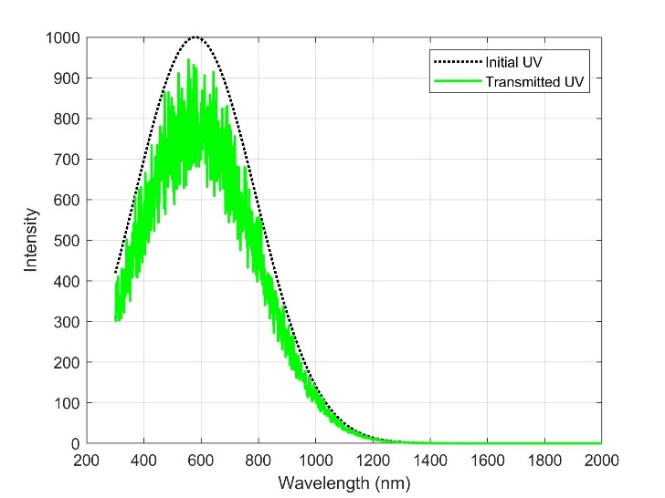
Figure 6. 300-2000nm UV filtration spectrum (Photo credit: Original).
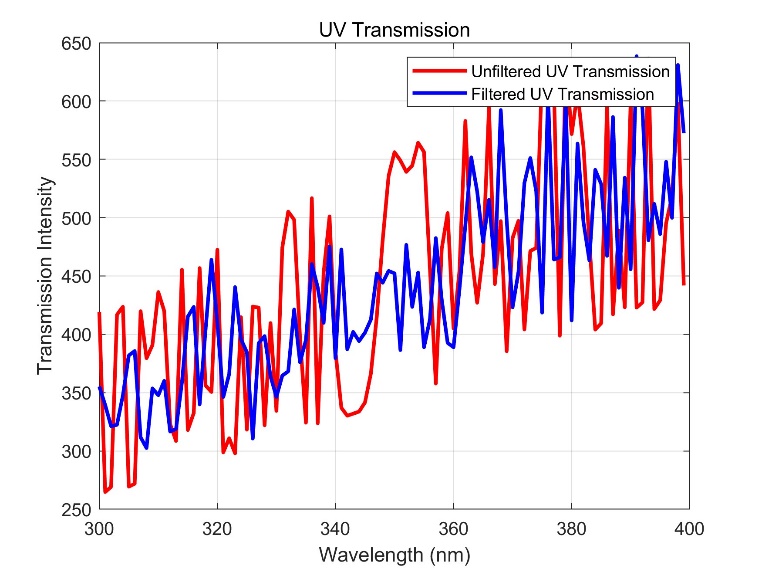
Figure 7. Ultraviolet filtering spectrum below 400nm (Photo credit: Original).
3.4. Comparison with standard glass
A 7 mm glass thickness combination was used as a control to verify whether the optimal glass thickness obtained through the Ant Colony Algorithm could effectively filter the ultraviolet (UV) energy within the 300–2000 nm range, as well as efficiently block harmful UV rays below 400 nm. The specific results are shown in Figures 8 and 9.
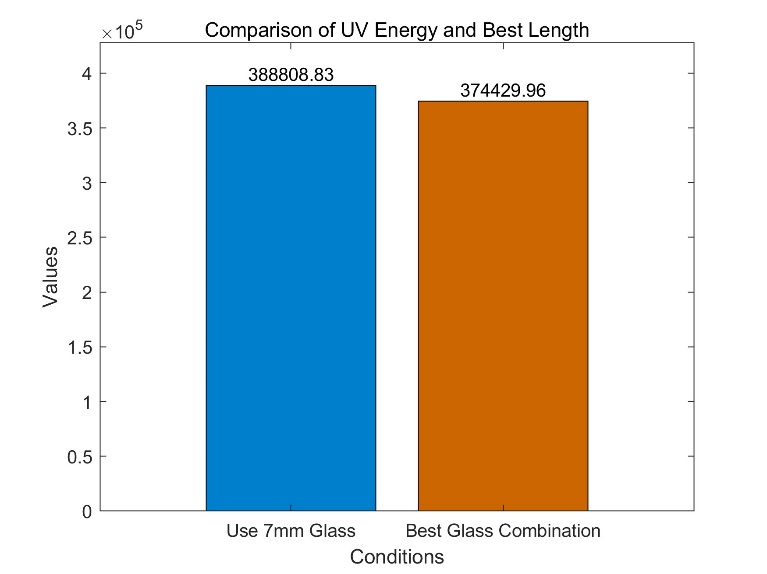
Figure 8. Comparison of total UV energy between 300-2000nm (Photo credit: Original).
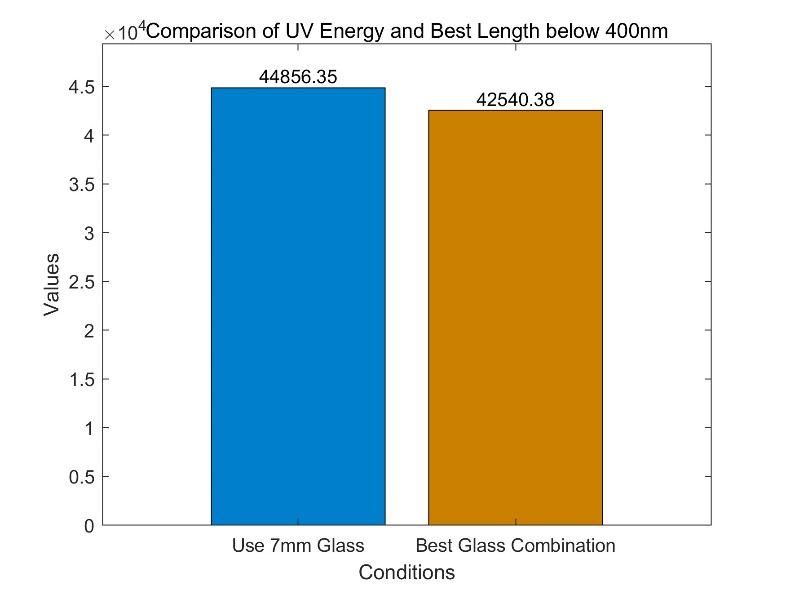
Figure 9. Comparison of total ultraviolet energy below 400nm (Photo credit: Original).
3.5. Result analysis
The images reveal the behavior of light after passing through the three-layer glass. The intensity distribution of the incident light before passing through any glass layer typically reflects the spectral characteristics of the light source. For sunlight, the incident spectrum generally covers the entire wavelength range from ultraviolet (UV) to visible light and infrared, and the solar spectrum can be approximated as a smooth curve. Due to the interference effect of light, different wavelengths undergo varying phase shifts within the glass layers. This effect can be leveraged in the design to further reduce UV transmission. The intensity of the transmitted light in the UV range should approach zero or be significantly lower than the incident light intensity.
Figure 6 shows the UV transmission in the wavelength range of 300 to 2000 nm. The initial UV curve shows the distribution of UV intensity before filtration, while the transmitted curve demonstrates a significant decrease in UV intensity after passing through the three layers of glass, with harmful UV rays below 400 nm being effectively blocked. Figure 7 clearly illustrates this point, showing that through the optimization of the glass thickness, UV light, particularly harmful short-wave UV, is effectively filtered.
Figure 3 depicts the changes in minimum UV energy and average energy across generations during the multi-generational optimization process using the Ant Colony Algorithm. The figure shows that as the number of iterations increases, UV energy gradually stabilizes, indicating that the algorithm is converging and has found an optimal glass thickness combination, effectively reducing UV transmission energy.
The optimized three-layer glass structure significantly reduces UV transmission, especially harmful short-wave UV, providing better protection for indoor environments. These research findings offer important insights for the further development of more efficient architectural glass materials and demonstrate the effective application of optimization algorithms in material design.
4. Conclusion
This study has successfully demonstrated the application of the ant colony algorithm (ACA) in optimizing the thickness of three-layer window glass to significantly reduce ultraviolet (UV) transmission. By employing ACA, a novel approach in contrast to traditional genetic algorithms, we have addressed the critical need to mitigate harmful UV exposure while maintaining desirable light transmittance properties. The utilization of MATLAB simulations has been instrumental in validating the algorithm’s effectiveness, enabling precise adjustments to the glass's thickness that yield optimal protection against UV radiation. The results affirm that ACA can efficiently design and stabilize the glass configuration within a reasonable number of iterations, offering a robust solution to enhance human health protection by minimizing UV penetration into indoor spaces.
There are several promising avenues for further enhancing the ant colony algorithm's application in architectural and materials science. As global concerns over resource efficiency escalate, the potential for ACA to contribute to sustainable building design becomes increasingly relevant. Future work will focus on automating parameter settings within the algorithm to adapt more dynamically to various architectural scenarios, thus broadening its utility without the need for extensive manual adjustments. Additionally, ongoing research will aim to extend the algorithm's applicability to other critical aspects of building design, such as energy efficiency and structural integrity, ensuring that it can meet a wider range of environmental standards and social needs. This iterative development and expansion of ACA will hopefully provide architects and designers with a reliable tool for the rational design of healthier and more sustainable living environments.
References
[1]. Sun, X., Zhang, F., & Shao, H. (2016). Effects of ultraviolet rays on human health. In Chinese Occupational Medicine, 43(3), 380-383.
[2]. Fan, C. (2013). A brief analysis of the impact of light source lighting on health. In Lamps and Lighting, 37(3), 33-37.
[3]. Weber, A., Knop, J., & Maurer, M. (2003). Pattern analysis of human cutaneous mast cell populations by total body surface mapping. In British Journal of Dermatology, 148(2), 224-228.
[4]. Grimbaldeston, M. A., Simpson, A., Finlay-Jones, J. J., & Hart, P. H. (2003). The effect of ultraviolet radiation exposure on the prevalence of mast cells in human skin. In British Journal of Dermatology, 148(2), 300-306.
[5]. Zheng, B., Wang, Z., Guo, Q., & Zhou, S. (2016). Glass composite as robust UV absorber for biological protection. In Optical Materials Express, 6(2), 531-539.
[6]. Deka, S., & Mohammed, W. (2020). Multilayer for antireflection coating applications using metal nanoparticles to provide ultraviolet blocking. In Journal of Nanophotonics, 14(3), 036016-036016.
[7]. Zhu, X., Huang, Y., Wang, X., & Wang, R. (2023). Emotion recognition based on brain-like multimodal hierarchical perception.Multimedia Tools and Applications, 1-19.
[8]. Miao, C. W., Chen, G. Z., & Yan, C. L., et al. (2021). Path planning optimization of indoor mobile robot based on adaptive ant colony algorithm. In Computers & Industrial Engineering, 156, 107230.
[9]. Zhang, S. C., Pu, J. X., & Si, Y. N. (2021). An adaptive improved ant colony system based on population information entropy for path planning of mobile robot. In IEEE Access, 9, 24933-24945.
[10]. Wang R., Zhu J., Wang S., Wang T., Huang J., Zhu X. Multi-modal emotion recognition using tensor decomposition fusion and self-supervised multi-tasking. International Journal of Multimedia Information Retrieval, 2024, 13(4): 39.
[11]. Gao, W. X., Tang, Q., Ye, B. F., et al. (2020). An enhanced heuristic ant colony optimization for mobile robot path planning. In Soft Computing, 24, 6139-6150.
[12]. Luo, Q., Wang, H. B., Zheng, Y., et al. (2019). Research on path planning of mobile robot based on improved ant colony algorithm. In Neural Computing and Applications, 2019(1), 1-12.
Cite this article
Guo,Y. (2024). Study on the Optimization of Three-Layer Glass Thickness Using Ant Colony Algorithm to Reduce UV Transmission. Applied and Computational Engineering,110,146-153.
Data availability
The datasets used and/or analyzed during the current study will be available from the authors upon reasonable request.
Disclaimer/Publisher's Note
The statements, opinions and data contained in all publications are solely those of the individual author(s) and contributor(s) and not of EWA Publishing and/or the editor(s). EWA Publishing and/or the editor(s) disclaim responsibility for any injury to people or property resulting from any ideas, methods, instructions or products referred to in the content.
About volume
Volume title: Proceedings of CONF-MLA 2024 Workshop: Securing the Future: Empowering Cyber Defense with Machine Learning and Deep Learning
© 2024 by the author(s). Licensee EWA Publishing, Oxford, UK. This article is an open access article distributed under the terms and
conditions of the Creative Commons Attribution (CC BY) license. Authors who
publish this series agree to the following terms:
1. Authors retain copyright and grant the series right of first publication with the work simultaneously licensed under a Creative Commons
Attribution License that allows others to share the work with an acknowledgment of the work's authorship and initial publication in this
series.
2. Authors are able to enter into separate, additional contractual arrangements for the non-exclusive distribution of the series's published
version of the work (e.g., post it to an institutional repository or publish it in a book), with an acknowledgment of its initial
publication in this series.
3. Authors are permitted and encouraged to post their work online (e.g., in institutional repositories or on their website) prior to and
during the submission process, as it can lead to productive exchanges, as well as earlier and greater citation of published work (See
Open access policy for details).
References
[1]. Sun, X., Zhang, F., & Shao, H. (2016). Effects of ultraviolet rays on human health. In Chinese Occupational Medicine, 43(3), 380-383.
[2]. Fan, C. (2013). A brief analysis of the impact of light source lighting on health. In Lamps and Lighting, 37(3), 33-37.
[3]. Weber, A., Knop, J., & Maurer, M. (2003). Pattern analysis of human cutaneous mast cell populations by total body surface mapping. In British Journal of Dermatology, 148(2), 224-228.
[4]. Grimbaldeston, M. A., Simpson, A., Finlay-Jones, J. J., & Hart, P. H. (2003). The effect of ultraviolet radiation exposure on the prevalence of mast cells in human skin. In British Journal of Dermatology, 148(2), 300-306.
[5]. Zheng, B., Wang, Z., Guo, Q., & Zhou, S. (2016). Glass composite as robust UV absorber for biological protection. In Optical Materials Express, 6(2), 531-539.
[6]. Deka, S., & Mohammed, W. (2020). Multilayer for antireflection coating applications using metal nanoparticles to provide ultraviolet blocking. In Journal of Nanophotonics, 14(3), 036016-036016.
[7]. Zhu, X., Huang, Y., Wang, X., & Wang, R. (2023). Emotion recognition based on brain-like multimodal hierarchical perception.Multimedia Tools and Applications, 1-19.
[8]. Miao, C. W., Chen, G. Z., & Yan, C. L., et al. (2021). Path planning optimization of indoor mobile robot based on adaptive ant colony algorithm. In Computers & Industrial Engineering, 156, 107230.
[9]. Zhang, S. C., Pu, J. X., & Si, Y. N. (2021). An adaptive improved ant colony system based on population information entropy for path planning of mobile robot. In IEEE Access, 9, 24933-24945.
[10]. Wang R., Zhu J., Wang S., Wang T., Huang J., Zhu X. Multi-modal emotion recognition using tensor decomposition fusion and self-supervised multi-tasking. International Journal of Multimedia Information Retrieval, 2024, 13(4): 39.
[11]. Gao, W. X., Tang, Q., Ye, B. F., et al. (2020). An enhanced heuristic ant colony optimization for mobile robot path planning. In Soft Computing, 24, 6139-6150.
[12]. Luo, Q., Wang, H. B., Zheng, Y., et al. (2019). Research on path planning of mobile robot based on improved ant colony algorithm. In Neural Computing and Applications, 2019(1), 1-12.





